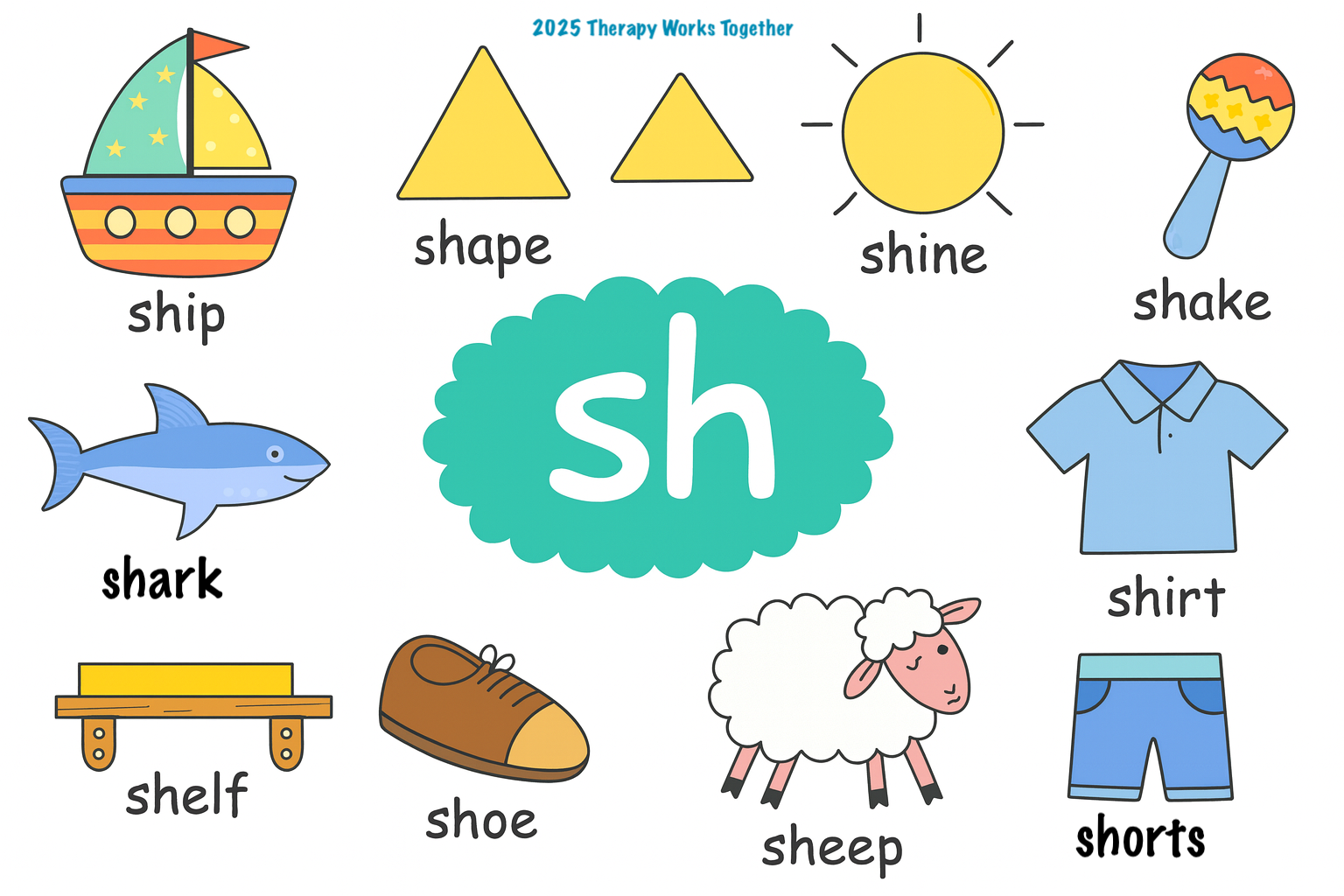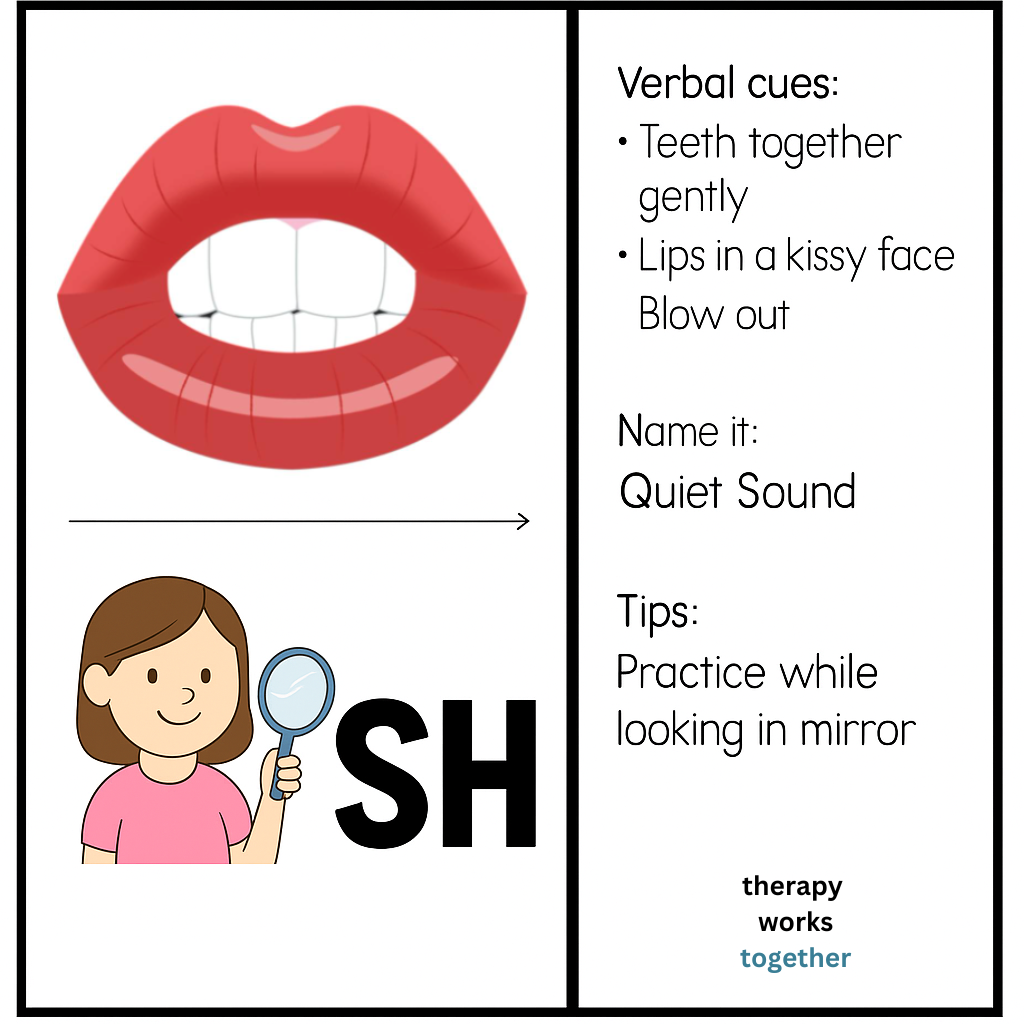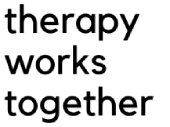How to Say the SH Sound: A Complete Articulation Therapy Guide

Producing the /SH/ sound correctly is a common goal in speech therapy. Many children substitute /S/ for /SH/, drop the sound altogether, or misplace the tongue. With consistent exercises (speech therapy SH sound exercises), visual cues, and phonetic placement, most kids can master /SH/ in words, phrases, and everyday speech. Especially when parents are there to support and help practice.
What is the /SH/ Sound?
-
The /SH/ (represented phonetically as /ʃ/) is a voiceless postalveolar fricative.
-
It requires narrowing of the air passage, precise tongue placement slightly behind the alveolar ridge, rounding of the lips, and controlled airflow.
-
Unlike “S” (alveolar, more forward tongue), /SH/ is produced further back in the mouth, with the lips slightly puckered.
Common Problems & Signs
You might consider working on SH sound articulation therapy if you notice:
-
Substitutions: saying “sip” instead of “ship”, “fis” instead of “fish”.
-
Omissions: leaving out the /SH/ sound completely.
-
Inconsistent production: correct in isolation, but error in words or sentences.
-
Persistence beyond expected age: many English‐speaking children master /SH/ between ages ~ 3.5 to 5 years.
How to Teach or Learn the /SH/ Sound

Below are tested strategies, exercises, and tips to support articulation therapy for the SH sound:
-
Phonetic Placement / Articulation Cues
-
Use a mirror: let the child or learner see how the lips round and how the tongue is inside the gently closed teeth
-
Explain/tactile cues: gently touch the tongue tip (with a tongue depressor or toothbrush) to show where it should be (just behind the alveolar ridge, not touching the roof of the mouth).
-
Lip rounding: emphasize that lips should be slightly protruded or rounded (make a “kiss” shape) instead of spread.
-
-
Sound Shaping & Elicitation Techniques Your Speech Therapist Might Use
-
Begin with a familiar sound: (like /S/) and gradually move the tongue back, round lips, or change voice to approximate /SH/ (“shaping from /S/”).
-
Sequence method: e.g. say /e/ (long e), whisper it, round lips, transition into /SH/. This helps those who can do some parts but struggle combining them.
-
Use auditory, visual, and tactile feedback: let learner hear a model, see the mouth/tongue, feel airflow.
-
-
Practice Hierarchy a Speech Therapist Will Use
-
Start at isolation (just the /SH/ sound) → syllables (e.g., “sha, shi, shu”). Later you will move to words (initial “ship”, medial “washing”, final “fish”) → phrases → sentences → conversation.
-
Use word lists with SH in different positions. Some sample initial, medial, final word lists: ship, share, shop / washing, cushion / fish, splash, wish.
-
-
Fun & Engaging Exercises
-
Use games, stories, flashcards, picture cards. Here is a fun Bingo game resource in for Initial Sound SH sound in Hebrew
-
Use minimal pairs (e.g. ship/sip, shoe/soo) to contrast and raise awareness.
-
Rotating sentences: keep a sentence structure but change one SH word each time.
-
-
Generalization & Carry-Over
-
Make sure the child uses the /SH/ sound outside therapy sessions: in school, with family, in conversation.
-
Practice in natural settings.
-
Give homework and strategies for caregivers to help.
-
When to Seek Professional Help
-
If a child is older than ~7 years and still cannot produce /SH/ in words or speech.
-
If the speech is highly inconsistent or unintelligible because of sound errors.
-
If substitutions are frequent, or the child is frustrated or avoiding speaking.
-
Working with a speech-language pathologist / licensed SLP ensures a tailored plan.
FAQ: Quick Answers
-
At what age should children usually say /SH/?
Many children begin producing /SH/ around age 3-4, but mastery across all word positions may not happen until 6-7 years old. -
What’s the difference between /S/ and /SH/?
-
Tongue position (more back for /SH/)
-
Lips rounded vs. spread
-
Airflow quality (narrow channel, steady air)
-
-
How long does it take to correct /SH/?
Varies. If regular therapy (2-3 times/week), daily home practice, and good feedback, improvements often seen within weeks to a few months for isolated errors. Generalization takes longer.
Therapy Works Together – Online Speech Therapy for Children and Adults
We care about every child and adult achieving their speech, language and communication goals. You can start speech therapy online now with a certified speech language therapist. We’ll discuss your personal needs, develop an individualized treatment plan, and schedule affordable online therapy sessions online at your convenience.
This website may contain affiliate links, meaning there is a commission earned if you click on a link and purchase a product or service. This comes at no additional cost to you. These links are carefully selected and only included for products or services our speech therapists genuinely recommend or believe may add value to you or your child. The commissions earned help support the maintenance and growth of this website, allowing us to continue providing quality content. Transparency is important, and we appreciate your trust and support. If you have any questions about the affiliate links, please feel free to reach out.
